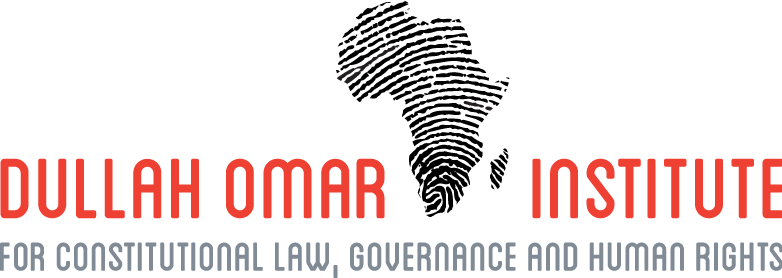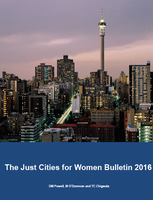NEW REPORT: Just Cities for Women Bulletin 2016
Over 20 years after the ushering of democratic era where does South Africa stand with regards to its treatment of men and women particularly at the local government level? How are men and women represented at local level whether in political office or at management level? Does such representation highlight a persistent imbalance between men and women? If so, a question arises - How just are our cities? What do the numbers say? The Just Cities for Women Bulletin will periodically publish data and indicators on these questions and many other issues relating to the role of women in cities in order to inform public debate and policy-making.
Key trends:
- Women constitute the majority of the population with about 51.2 percent.
- 54 percent of registered voters are women and women are more likely to vote than men
- 11.4 percent of adult women have tertiary education compared to 10.8 percent of men.
- Women are under-represented in local government political positions with only 39 percent of political posts held by women.
- Women are grossly under-represented in senior professional positions at the local government level, occupying only one quarter of general management posts
- Less than one-in-ten municipal managers and only 31 percent of CFOs are female.
- Most residents of poor households are female and most poor households are headed by women.
- State housing subsidies (RDP housing) advantage women slightly.
Click here to access The Just Cities for Women Bulletin.

